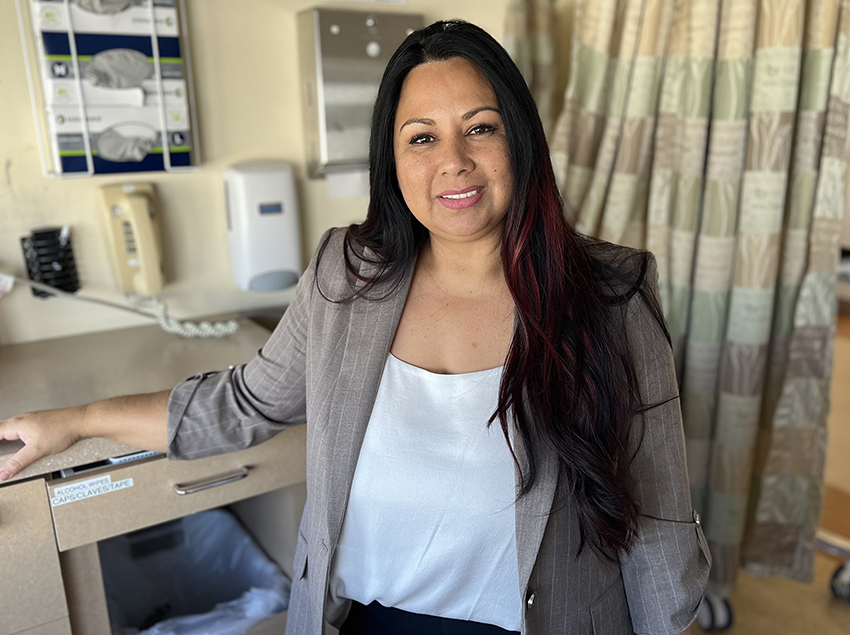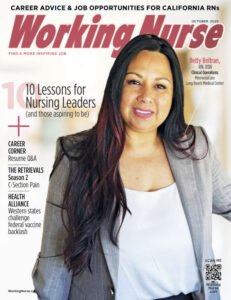Nursing & Healthcare News
National Sample Survey of Registered Nurses
Latest results reveal how the nursing workforce has changed since the pandemic began

New federal survey data released this spring gives a snapshot of the U.S. nursing workforce before and after the start of the COVID pandemic.
COMPARING RESULTS FROM 2018 and 2022
Established in 1977 and conducted at regular intervals by the National Center for Health Workforce Analysis (NCHWA) and the U.S. Census Bureau, the National Sample Survey of Registered Nurses (NSSRN) is a large-scale federal survey designed to assess the size and demographics of the country’s nursing workforce. The previous survey was conducted in 2018, before the pandemic began, while the latest was completed in 2022–2023.
Here are some key highlights of what’s changed:
There was a big influx of new nurses.
The total number of licensed RNs in the U.S. grew by 391,716 between 2018 and 2022, an increase of almost 10 percent.
California’s nursing workforce grew by 13.8 percent. Our nursing workforce is slightly younger. Median age of U.S. RNs fell from 47.9 to 46.6 years, and the percentage of nurses under 35 grew from 19 to 20 percent. California nurses are younger still: Median age fell from 48.5 to 45.6 and the percentage of nurses under 35 grew from 17 percent to 20 percent.
There are more men in nursing.
Nationwide, the number of male nurses grew by more than 140,000 to 12 percent of licensed RNs. In California, male nurses went from 13 percent to 17 percent of the workforce.
Nurses are more diverse.
In 2018, 73 percent of U.S. nurses were white non-Hispanic; since then, the numbers of nurses of other ethnicities have increased substantially, reducing the percentage of white nurses to 67 percent in 2022.
In California, which was more diverse to begin with, the percentage of white non-Hispanic nurses declined from 46 percent to 42 percent.
More nurses are working at the bedside.
While the percentage of U.S. RNs working in roles not involved in direct patient care fell from 16 to 15 percent, in California, the number of non-bedside nurses fell substantially: from 57,703 (19 percent) to 48,726 (14 percent).
Nurses are working more hours — and getting paid more.
Nationally, nurses’ average weekly hours increased from 37.5 to 38.9, but average annual pay soared from $71,644 to $83,102, a 16 percent increase.
In California, average weekly hours went from 37.3 to 38.4, while average annual pay went from $100,498 in 2018 to $113,816 in 2022.
You can find more survey results at data.hrsa.gov.
AARON SEVERSON is the associate editor of Working Nurse.
In this Article: Nursing Workforce






